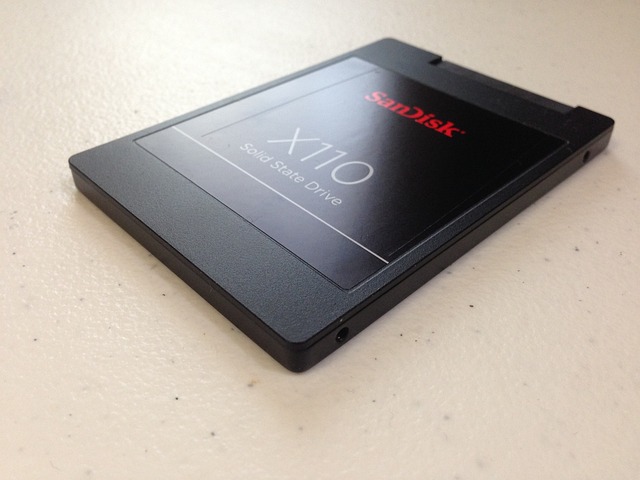Introduction
Co-development software is a collaborative approach to software development that allows multiple teams of developers to work simultaneously on a single project. This method emphasizes joint development, team collaboration, and agile project management, thereby facilitating real-time updates, code reviews, and shared knowledge transfer among the team members.
The Principles of Co-Development
Co-development integrates various teams and experts, promoting a shared understanding and common objectives. This approach is underpinned by agile methodologies, which ensure that the development process remains flexible and adaptable to changing requirements.
Benefits of Co-Development
1. Enhanced Collaboration and Efficiency: By involving multiple teams, co-development promotes effective teamwork and leverages diverse expertise, leading to faster project completion and improved innovation.
2. Real-Time Updates and Communication: The ability to make real-time updates and communicate efficiently reduces the time discrepancies and potential bottlenecks in the development lifecycle.
3. Agile Project Management: Co-development adopts agile practices, enabling the teams to react swiftly to changes and new information, thus ensuring that the project aligns closely with evolving user needs.
Challenges in Co-Development
Despite its advantages, co-development also presents certain challenges:
1. Complexity in Communication and Coordination: As the approach involves multiple teams, maintaining clear and consistent communication can be challenging. This requires an efficient communication strategy and technology to ensure that every team member stays aligned with the project goals.
2. Managing Diverse Teams: Integrating different team cultures and working styles can cause friction. It is crucial to establish a common ground and ensure that everyone follows the same protocols and practices.
Best Practices for Co-Development
To maximize the benefits of co-development, certain best practices can be adopted:
1. Use of Collaborative Tools: Employing tools that support real-time collaboration and project management can enhance efficiency. Platforms like Microsoft Power Apps exemplify this by allowing both business and technical teams to work together seamlessly.
2. Regular Code Review and Refactoring: Continuous code review and refactoring help maintain the quality and coherence of the codebase, while also keeping it aligned with the project’s objectives and standards.
3. Agile Methodologies: Incorporating agile principles allows for better adaptability and continuous improvement throughout the project lifecycle. Agile frameworks facilitate regular feedback and iterative development, which are crucial for successful co-development endeavors.
Summery
Co-development software represents an advanced and collaborative approach to building applications. By harnessing the expertise of multidisciplinary teams and employing agile methodologies, organizations can achieve faster development cycles and create robust solutions that cater to the dynamic needs of users. While challenges exist, careful planning, communication, and adherence to best practices can transform these challenges into opportunities for innovation and growth.
What are the benefits of co-development software?
Co-development software offers several benefits that enhance the software development process:
- Enhanced Collaboration and Efficiency: Co-development encourages collaboration among multiple teams, allowing diverse expertise to converge. This approach leads to faster project completion and fosters innovation by incorporating different perspectives and skills.
- Real-Time Updates and Communication: Teams can work on the project simultaneously, making real-time updates and maintaining continuous communication. This reduces the likelihood of delays and minimizes bottlenecks, ensuring a smoother development process.
- Shared Knowledge and Resources: Co-development creates an environment for knowledge sharing and resource pooling. Teams can leverage each other’s strengths and learn from each other’s experiences, leading to the development of more robust and well-rounded solutions.
- Agile Project Management: With agile methodologies at its core, co-development allows for greater flexibility and adaptability. Teams can respond quickly to changes in requirements or project direction, ensuring that the end product aligns closely with user needs and expectations.
- Improved Code Quality: Regular code reviews and collective input from various team members can enhance code quality. Diverse perspectives lead to more thorough testing and debugging, ultimately resulting in a more reliable final product.
- Reduced Development Time: By splitting the workload among various teams, co-development can lead to faster development times. Parallel tasks allow for simultaneous progress on different parts of a project, accelerating the overall timeline.
- Increased Innovation: With multiple teams contributing their unique insights and expertise, co-development encourages innovation and creativity. The collaborative environment stimulates new ideas and approaches, leading to innovative solutions that might not emerge in a more siloed setting.
Overall, co-development software facilitates a more dynamic and interconnected development workflow, benefitting from the collective strengths of diverse teams while leading to more effective and timely project outcomes.
What tools facilitate real-time updates in co-development software?
Several tools facilitate real-time updates in co-development software, enabling teams to collaborate efficiently and effectively:
- Version Control Systems: Tools like Git, GitHub, GitLab, and Bitbucket allow developers to track changes in the codebase, manage multiple versions of the software, and collaborate on code in real-time. They support branching, merging, and pull requests, which are essential for managing contributions from multiple team members.
- Integrated Development Environments (IDEs) with Collaboration Features: Modern IDEs such as Visual Studio Code with Live Share or JetBrains’ IntelliJ with Code With Me provide real-time collaboration capabilities. These tools allow developers to simultaneously edit the same document, debug together, and share terminal sessions.
- Continuous Integration/Continuous Deployment (CI/CD) Tools: Platforms like Jenkins, Travis CI, CircleCI, and GitHub Actions automate the integration and deployment processes. They help teams test changes in real-time, ensure the software builds correctly, and deploy updates swiftly.
- Cloud-Based Development Platforms: Services such as AWS Cloud9 or Gitpod provide cloud-based development environments that can be accessed from anywhere. They enable teams to collaborate in real-time without needing to set up their local development environments.
- Communication and Collaboration Platforms: Tools like Slack, Microsoft Teams, and Discord offer real-time messaging, video conferencing, and file sharing, making it easier for team members to stay connected and aligned throughout the development process.
- Project Management Tools: Products like Jira, Trello, and Asana support real-time updates on project tasks and timelines, allowing team members to track progress, assign tasks, and adjust schedules as needed.
- Code Review Tools: Platforms such as Review Board and Gerrit enable real-time code review processes, allowing developers to comment on and approve code changes quickly.
These tools, collectively, foster a collaborative environment where team members can easily share updates, integrate new features, and resolve issues promptly, streamlining the co-development process.



